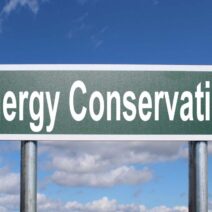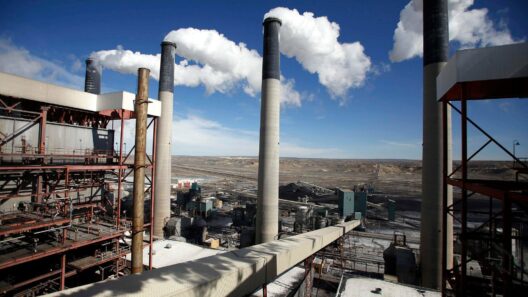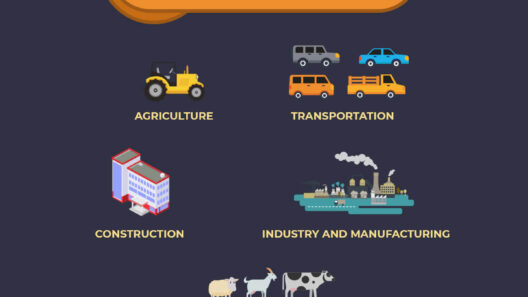The phenomenon of melting ice and rising tides is not merely an abstract concept confined to scientific circles. It is an evocative representation of our current climatic crisis, visible in the changing landscapes and communities around the globe. As glaciers recede and ice sheets diminish, rising sea levels pose unprecedented challenges. Are we prepared to confront these realities? More importantly, what can we do about them?
The Earth’s cryosphere, comprised of all its frozen and glacial regions, plays a vital role in maintaining global climatic stability. Ice caps and glaciers act as reflective surfaces, bouncing solar radiation back into space. This process, known as the albedo effect, helps regulate our planet’s temperature. As these ice masses melt, the darker ocean surface is exposed, absorbing additional heat and accelerating global warming. The cycle of warming leads to further ice melt, creating a feedback loop that can result in catastrophic environmental consequences.
More than just a scientific concern, melting ice has profound implications for coastal communities that rely on a stable marine environment. Rising sea levels threaten to inundate inhabited areas, rendering them unlivable. In cities like Miami, New Orleans, and Venice, we are beginning to see the stark evidence of what a warming world entails: streets flooded during high tides, crumbling infrastructure, and disrupted ecosystems. Urban planners are grappling with the urgent need for innovative solutions to combat this rising tide.
Furthermore, the social dimensions of these environmental changes are deeply concerning. Vulnerable populations in low-lying areas bear the brunt of climate impacts. Communities in places such as Bangladesh and the Pacific Islands are facing displacement due to rising waters, raising questions about climate justice and resource allocation. How do we support those most affected without exacerbating existing inequalities?
The connection between melting ice and rising tides is clear; yet, the visual evidence most compellingly illustrates this phenomenon. Images of calving glaciers—where massive chunks of ice break away and crash into the ocean—serve as powerful reminders of the instantaneous nature of change we are witnessing. Such iconography captivates public attention while emphasizing the urgency of collective action.
Moreover, satellite imagery provides an alarming view of glacial retreat over time. These images document the gradual yet undeniable loss of land ice in Greenland and Antarctica, translating scientific data into a format that is accessible and understandable to the general public. Conversely, infographics depicting rising sea levels across various coastal cities demonstrate inevitable futures if immediate action is not taken.
It is essential to consider innovative means of visual storytelling that convey the gravity of melting ice and rising tides. Virtual reality simulations, for example, offer immersive experiences that allow individuals to witness flooding scenarios firsthand, driving home the point that this is not a distant reality—it is the here and now. Are we ready to follow the evidence into the future it suggests?
Public perception is crucial in the fight against climate change. Art and media have a pivotal role to play in shaping attitudes and inspiring action. Visual artworks that encapsulate the beauty of icy landscapes juxtaposed against the stark consequences of their demise compel viewers to re-evaluate their environmental impact. Could the arts be the catalyst for stronger climate advocacy by engaging emotions and sparking dialogues?
The implications of rising oceans extend beyond immediate environmental issues. Economies reliant on tourism, fisheries, and agriculture are at risk. Coastal tourism, for instance, faces threats from eroded shorelines and destitute marine habitats. Fishermen may experience dwindling fish stocks due to changing ocean temperatures and acidification. The economic ramifications are staggering, and without concerted global efforts, a downward spiral may ensue.
As we contemplate the magnitude of the crisis, an essential question arises: how can we galvanize individuals, and communities, and ultimately the global populace to take meaningful action? Education is key; disseminating knowledge about the implications of melting ice and rising tides can empower people to advocate for change. Grassroots initiatives that promote local resilience—whether through restoration of mangroves as natural barriers or fostering sustainable practices—can serve as blueprints for greater reform.
Technology, too, holds the promise of solutions. Innovations in renewable energy, carbon capture, and sustainable infrastructure can mitigate the trajectory of climate change by reducing greenhouse gas emissions. The advent of geoengineering raises ethical questions, but research into such measures also reflects humanity’s ingenuity in the face of adversity. How do we balance the necessity for progress with the respect for our planet’s natural systems?
In conclusion, the evidence of melting ice and rising tides serves as both a warning and a call to action. The visual manifestations of these changes compel us to acknowledge a warming world’s reality. Collectively focusing on awareness, education, innovation, and equity can pave the way for sustainable solutions. As custodians of the Earth, we must rise to the challenge and ensure that future generations inherit a planet that reflects stewardship rather than neglect. As we marvel at breathtaking vistas once covered in glacial ice, let us consider what will be lost if we do not act decisively. ترجمنا إلى العمل.







